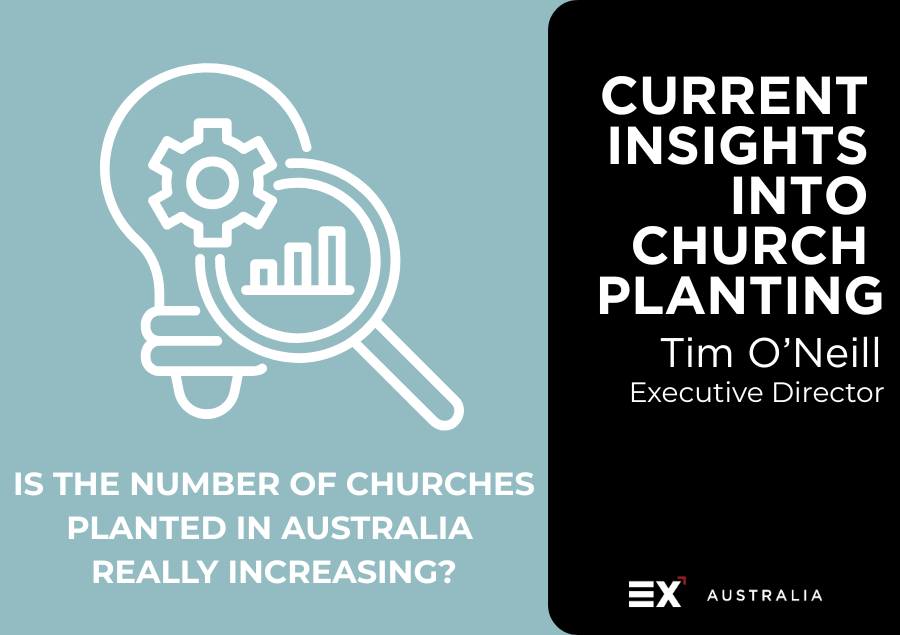
Tim O’Neill, Executive Director
Which Denominations Are Planting The Most Churches?
It has been healthy seeing churches planted across the various denominations and styles of denominations in Australia. Pentecostal churches however have been planting at about three times the rate of non Pentecostal churches. In spite of this, some non Pentecostal denominations and networks were near the top of the planting list.
According to NCLS Research, in 2021 there were 9,365 Protestant churches in Australia (10,158 in 2016). In addition to this there were 1,223 Catholic churches in 2021.

(see Appendix 1 of the 2025 Church Planting Report for classification information)
The most prolific church planting denomination is the Australian Christian Churches (ACC), Australia’s largest Pentecostal denomination. Perhaps surprisingly to many, the next most prolific church planting denomination was the Seventh Day Adventist Church, followed by the Anglican Church, Baptist Churches and Christian Community Churches (who are a network within the Open Brethren churches).
In the year to 30 June 2025, the New Churches Database records that 4.1% of ACC churches planted a church in Australia. Although the the Seventh Day Adventists didn’t plant as many churches as ACC, due to their denomination having a smaller number of churches the planting rate was slightly higher at 4.2%.
The most prolific planting rate was achieved by Christian Community Churches that saw a planting rate of 5.2% for the year.
One other aspect that should be noted is that there was great variation in planting numbers amongst some denominations. For example there are 23 Anglican Diocese in Australia but 65% of the Anglican plants in the year were in the Melbourne Diocese. A similar story could be told with the Baptists, who are organised by states. NSW & ACT Baptists saw 53% of the Australian Baptist plants recorded in the New Churches Database for the year.
The five most prolific church planting denominations in the year to 30 June 2025 are as follows:

One feature that is evident in most denominations and networks that have higher planting rates is that there is someone in their organisation whose role is to see healthy church planting on the increase. The simple lesson to take away here is that if we want to see planting on the increase, we need to see people in place whose main responsibility is to see this happen!
For more information about the current state of church planting in Australia, you can download the Exponential Australia 2025 Church Planting Report and Infographic.
Tim O’Neill
Executive Director,
Exponential Australia
